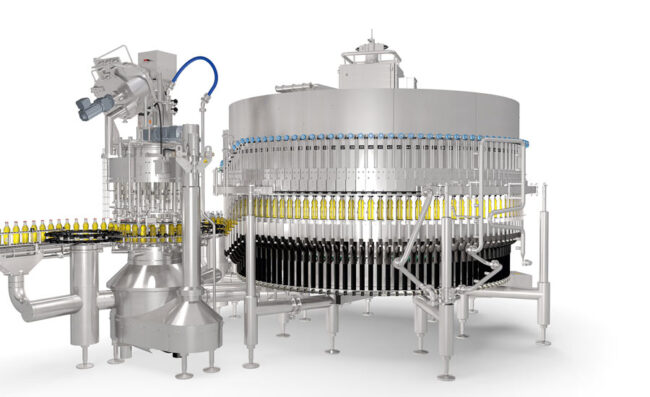Precision Crafting: The Art of Filling and Capping
In the intricate dance of product manufacturing, the processes of rinsing, filling, and capping stand out as critical steps that determine the quality, safety, and appeal of the final product. This trifecta of activities, often considered the heart of packaging, plays a pivotal role in ensuring that what reaches the consumer is not just a product but a carefully crafted representation of brand excellence.T he monoblock filling machine play such an important role.
Rinsing, the initial step in this intricate choreography, is not merely a perfunctory action but a meticulous process that sets the stage for product excellence. Whether it’s a beverage, cosmetic, or pharmaceutical item, rinsing serves as the purifying prelude, eliminating contaminants and residues that might compromise the integrity of the product. This step is especially crucial in industries where hygiene and safety standards are non-negotiable.
In the realm of beverage packaging, for instance, rinsing ensures that the containers are free from any impurities that might affect the taste or quality of the liquid within. Similarly, in the pharmaceutical sector, where precision is paramount, a thorough rinsing process guarantees that the medication inside remains pure and uncontaminated. Rinsing, therefore, emerges as the guardian of quality assurance, laying the foundation for what follows in the intricate packaging ballet.

Once the canvas is purified through rinsing, the spotlight shifts to the meticulous art of filling and capping. Filling is not merely a quantitative exercise; it’s a precision craft that demands accuracy and consistency. Whether it’s a bottle of refreshing juice or a pharmaceutical vial, the filling process must be calibrated to perfection, ensuring that each product meets the prescribed standards.
Capping, the final act in this packaging symphony, involves sealing the product securely while maintaining the aesthetic appeal. The cap not only safeguards the product from external elements but also serves as the first point of interaction for the consumer. In industries where freshness and shelf life are critical, a well-capped product is a testament to the manufacturer’s commitment to quality.
In conclusion, the seemingly routine processes of rinsing, filling, and capping are, in reality, the guardians of product integrity and brand reputation. Each step in this packaging choreography contributes to the overall quality, safety, and appeal of the final product, making it not just a commodity but a testament to the meticulous craftsmanship of the manufacturer.